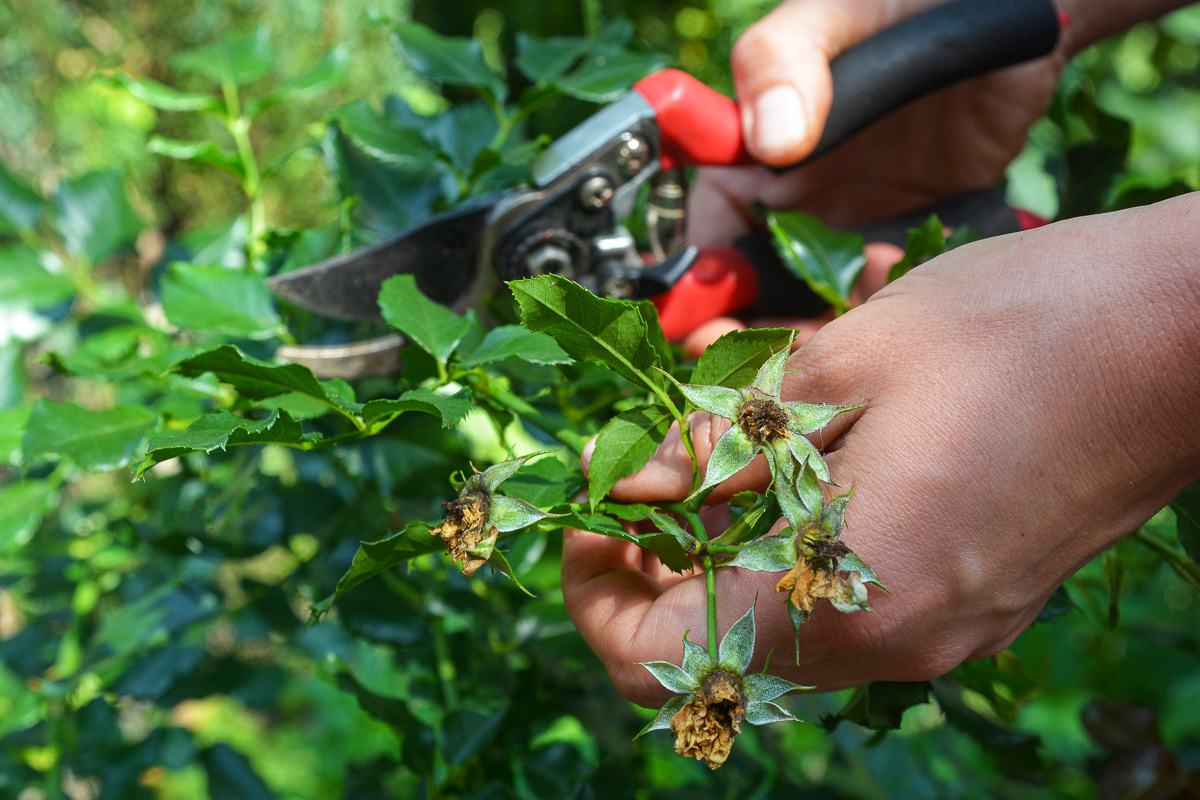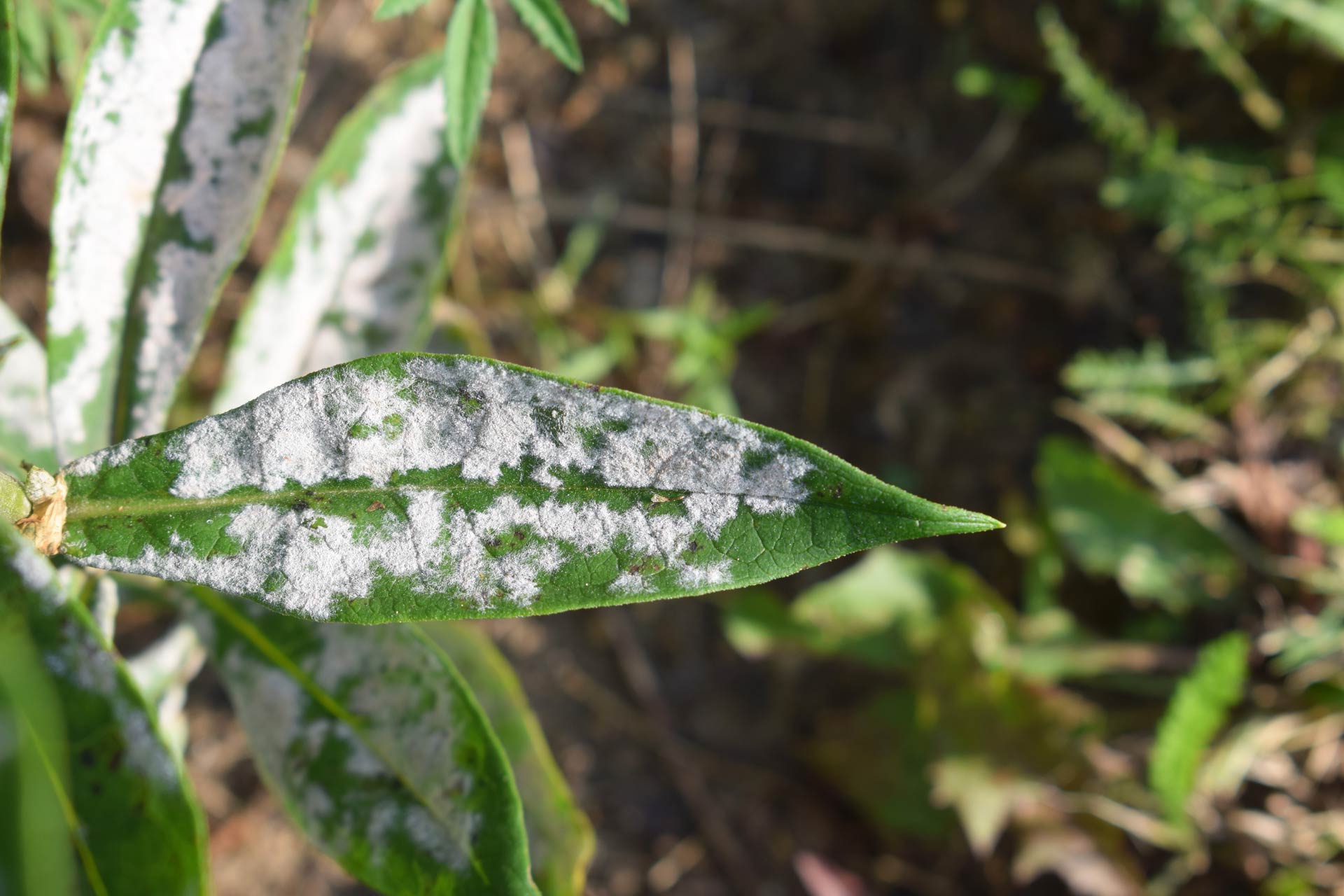How to Avoid Transplant Shock
Plants react differently when moving from one location to another. Find out how you can avoid "transplant shock" when migrating your plants.
It might sound ruthless, but sometimes, cutting a plant almost to the ground in the middle of the growing season is one of the best things you can do for it. That’s especially true for perennial flowers that are notorious for coming down with fungal leaf infections around the time they’re done blooming.
Some of the most common examples are peonies that get mildew and botrytis blight, lilies-of-the-valley that keel over from anthracnose and leaf spot, daylilies that suffer from leaf streak and rust diseases, phlox and beebalm that turn powdery white and then brown from powdery mildew, and black-eyed susans that turn black by mid-summer from septoria leaf spot.
Perennials also sometimes are attacked so severely by bugs that there’s not much healthy, green foliage left.
In both cases, the result is the same – ugly plants that are discolored, collapsing, and generally an eyesore in the July/August garden.

Kyryl Gorlov / iStock / via Getty Images
Veteran gardeners know that severe summertime cutbacks in these cases aren’t death blows that finish off leaf-diseased perennials. Rather, plants typically respond by pushing up clean, new shoots in a matter of weeks, then go on to look fresh and uninfected the rest of the year.
Having to grow this second set of foliage in the same year does tap into a plant’s energy reserve. And any wound – intentional or not – costs more energy from the plant to heal.
However, dead or dying leaves aren’t doing a plant any good anyway. Removing them rejuvenates the plants, resulting in new leaves that can again absorb sunlight to fuel the re-energizing of the roots. By getting rid of the diseased leaves and stems, you’re also removing the spores (the fungal equivalent of seeds) that could lead to a new infection.

Fungal disease powdery mildew on the leaves of phlox. matunka / iStock / Getty Images Plus
Use hand pruners to cut back small clumps of diseased or browned foliage. Shears are fine if you have larger masses of perennials to whack. Make your cutbacks down to about 1-2 inch stubs. Don’t cut flush or lower because then you risk damaging the crown of the plants, which is the junction between roots and top growth where new growth emerges. Healthy foliage can be composted; diseased or bug-infested leaves are best bagged or burned to get the spores and bug eggs out of the yard. Boost recovery after a cutback by giving plants a good soaking, a dose of fertilizer, and maybe even a topping of compost.
If disease happens year after year, consider digging and dividing the plant in early spring. Improve the soil with compost before replanting, and you’ll further discourage disease by 1.) adding fresh nutrition, and 2.) improving airflow by spacing the divisions 18-24 inches apart.
Cutbacks also occasionally help with chronic bug problems. A case in point is pachysandra groundcover. This 6-inch, evergreen spreader grows densely, which is good for choking out weeds but also good for harboring scale insects and fueling outbreaks of Volutella blight. By cutting the plant back to 2-inch stubs, you can get rid of scale-infested foliage, open the bed to better airflow, and encourage new growth.
The third benefit of a radical cutback is keeping perennials neater and more compact and encouraging a second bloom. Good examples are catmint, salvia, yarrow, and hardy geraniums, all of which get a second wind after decapitation.
Nervous? Try this technique with just a few plants at first to see how it goes – especially on plants that you don’t really like that much anyway. If the worst happens, at least you have an opportunity to plant something new.